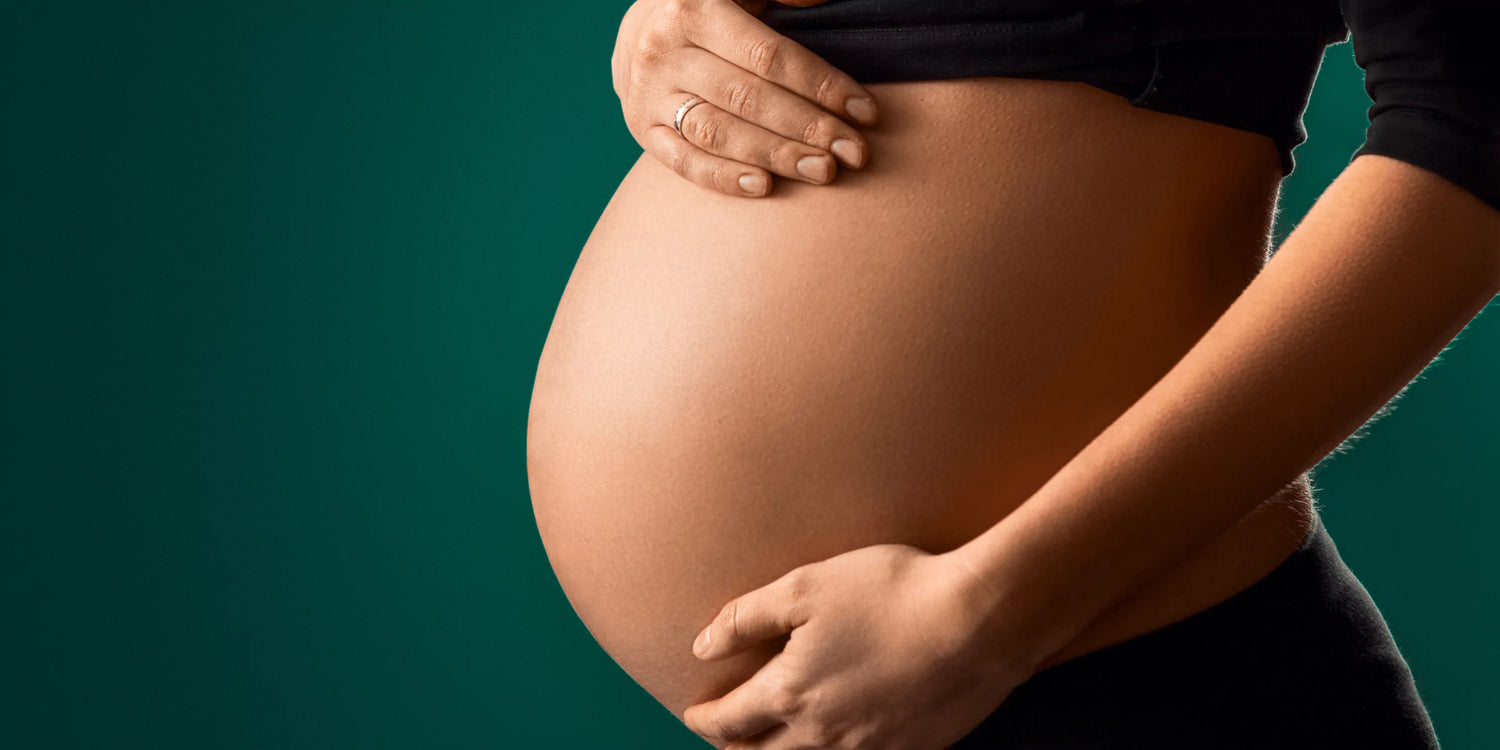Pregnancy is a beautiful and miraculous experience, but it can also come with its fair share of challenges. One of these challenges is coning, a phenomenon that occurs in the abdominal area during pregnancy. In this article, we will explore what coning is, why it happens, and how to manage it.
What is Coning in Pregnancy?
Coning, also known as abdominal separation or diastasis recti, is a condition where the abdominal muscles separate during pregnancy. This separation creates a visible bulge or cone-like shape in the middle of the abdomen, hence the name "coning." It is most commonly seen in the third trimester of pregnancy, but can also occur in the second trimester.
Why Does Coning Happen?
During pregnancy, the uterus expands to accommodate the growing baby. This puts pressure on the abdominal muscles, causing them to stretch and separate. Hormonal changes during pregnancy also contribute to the weakening of these muscles. Coning is more likely to occur in women who have had multiple pregnancies, are carrying multiples, or have weak abdominal muscles to begin with.
Managing Coning During Pregnancy
While coning is a natural and common occurrence during pregnancy, there are ways to manage it and minimize its effects. Here are some tips to help you manage coning during pregnancy:
Exercise Regularly
Regular exercise, especially targeted abdominal exercises, can help strengthen the abdominal muscles and prevent coning. However, it is important to consult with your doctor before starting any exercise routine during pregnancy.
Practice Good Posture
Maintaining good posture can help alleviate pressure on the abdominal muscles and prevent coning. Make sure to stand and sit up straight, and avoid slouching.
Use Supportive Clothing
Wearing supportive clothing, such as a maternity belt, can help support the abdominal muscles and reduce the risk of coning. These garments can also provide relief for back pain and discomfort during pregnancy.
Avoid Straining the Abdominal Muscles
During pregnancy, it is important to avoid any activities or movements that put strain on the abdominal muscles. This includes heavy lifting, twisting, and certain exercises like sit-ups or crunches.
Managing Coning After Pregnancy
In most cases, coning resolves on its own after giving birth. However, for some women, the separation may persist and cause discomfort or affect their appearance. Here are some tips for managing coning after pregnancy:
Consult with a Physical Therapist
If you are experiencing persistent coning after pregnancy, it is best to consult with a physical therapist. They can provide exercises and techniques to help strengthen the abdominal muscles and improve the appearance of coning.
Consider Surgery
In severe cases, surgery may be recommended to repair the separated abdominal muscles. This is usually a last resort and should only be considered after consulting with a doctor.
Conclusion
Coning is a common and natural occurrence during pregnancy, but it can be managed and minimized with the right techniques. By exercising regularly, maintaining good posture, and avoiding strain on the abdominal muscles, you can help prevent coning during pregnancy. If you experience persistent coning after pregnancy, consult with a physical therapist or doctor for further guidance. Remember to always listen to your body and consult with your doctor before making any changes to your routine.













